41 allergens required on food labels
Big 8 Food Allergies: Handling Allergens at Your Restaurant To meet FALCPA labeling requirements, the common or usual name of an ingredient (i.e. buttermilk) that is a major food allergen must identify the allergen's food source name (i.e. milk). Otherwise, the allergen's food source name must be declared at least once on the food label in one of two ways: EU Food Allergen Labeling - BarTender Support Portal Open the Food Production and Processing directory and EU FIC Allergen Label.btw BarTender document. Enable the checkbox the option "Enable Data Entry From" if you want to source and input your data from a data entry form. Use of the sample BarTender document requires the Professional edition of BarTender or higher. Select Your Language
Navigating Food Allergen Labeling Requirements Under the Food Allergen Labeling and Consumer Protection Act of 2004 (FALCPA), packaged foods are required to comply with federal allergen labeling requirements. Any packaged food containing one or more of the eight current major food allergens (e.g., milk, egg, wheat, peanuts, soybeans, tree nuts, fish and crustacean shellfish), or containing ...

Allergens required on food labels
Food Allergens - University of Nebraska-Lincoln Non-EU Countries adopting EU allergen labeling regulations: Iceland, Liechtenstein, Norway, Macedonia, Switzerland, United Kingdom (UK) 3 Voluntary labeling recommended for Abalone, Mackerel, Squid, Salmon, Salmon Roe, Almond, Cashew, Matsutake Mushroom, Sesame, Soybean, Yam, Apple, Banana, Kiwifruit, Orange, Pea Beef, Chicken, Gelatin, Pork. 3 Ways to Improve Your Food Label Literacy | Blogs | CDC FALCPA requires labeling for the eight most common food allergens. They are milk, eggs, fish, crustacean shellfish, wheat, soy, peanuts, and tree nuts. FASTER identifies sesame as a major food allergen. Food labels must start to identify sesame as an allergen beginning January 1, 2023. Food Labeling Is Lacking in Online Grocery Retailers Study shows that nutrition facts, ingredient lists, and allergens—all FDA-required information on food labels—are frequently absent when shoppers buy food online "Our findings highlight the current failure of both regulations and industry practice to provide a consistent environment in which online consumers can access information that is ...
Allergens required on food labels. Food Allergies - U.S. Food and Drug Administration Major Food Allergens Congress passed the Food Allergen Labeling and Consumer Protection Act of 2004 (FALCPA). This law identified eight foods as major food allergens: milk, eggs, fish, shellfish,... New allergen labelling requirements for food businesses New allergen labelling requirements for food businesses. From 1 October 2021, the requirements for prepacked for direct sale food labelling will change in Wales, England, and Northern Ireland. At present, the allergen information for food products can be provided by any means. This includes being informed verbally by staff. Exemptions from Food Allergen Labeling - 21 U.S.C. 343(w)(7) Absent an objection, the food ingredient is exempt from FALCPA's labeling requirements for major food allergens. FDA is required to post to a public site notifications received under 21 U.S.C. 343 ... Introduction to allergen labelling changes (PPDS) | Food ... Governments across the UK have decided that these foods will need to have ingredient and allergen information provided on the label from 1 October 2021. This follows the death of Natasha...
Hidden Dangers Of Food Labels Women s Health Network Companies must declare whether there is any possibility that the food contains one of eight foods considered to be "major food allergens." These are milk, eggs, fish, crustacean shellfish, tree nuts, wheat, peanuts and soybeans. These foods are responsible for over 90% of food allergies. But here's what manufacturers can leave off the label: Allergen guidance for food businesses - Food Standards Agency the 14 allergens are: celery, cereals containing gluten (such as barley and oats), crustaceans (such as prawns, crabs and lobsters), eggs, fish, lupin, milk , molluscs (such as mussels and... Food Labeling & Nutrition - U.S. Food and Drug Administration Food labeling is required for most prepared foods, such as breads, cereals, canned and frozen foods, snacks, desserts, drinks, etc. Nutrition labeling for raw produce (fruits and vegetables) and... Food Allergen Labeling: What You Should Know | News There are eight categorical allergens to be mindful of when labeling your product. The following must be listed exactly as seen below. For example, you may not say "dairy" instead of "milk" or "gluten" in place of "wheat," she said. • Milk • Wheat • Soy • Peanut • Egg • Sesame (must be listed as of Jan 1, 2023)
Allergen Labels Not Required on All Foods, Making it ... But when you place an order for food to go -- like a grocery deli-made sandwich or a hot slice of pizza - those containers require no allergen labels. Now, most other items in grocery stores do... How to Identify Gluten on Food Labels - Verywell Health Unlike food allergens, manufacturers are not required to disclose gluten on food labels. they only need to specify wheat, which is not the only source of gluten in food. This can make it very difficult to choose "safe" products if you have extreme gluten sensitivity. askFSIS Public Q&A: Allergen Statement on Labels The Food Allergen Labeling and Consumer Protection Act (FALCPA) only applies to consumer packaged foods regulated by the Food and Drug Administration (FDA). FDA regulates all foods except meat, poultry, and egg products, which are regulated by the Food Safety and Inspection Service (FSIS). Food Labeling is Lacking in Online Grocery Retailers Nutrition facts, ingredient lists, and allergens—all FDA-required information on food labels—are frequently absent when shoppers buy food online Online food retailers do not consistently display nutrition information on their websites—and U.S. laws are lagging behind in mandating the same labeling required for foods sold in brick-and-mortar stores, according to a new analysis by ...
What Is an Ingredients Label? - Verywell Health The Food Allergy Labeling and Consumer Protection Act (FALCPA) The Food Allergy Labeling and Consumer Protection Act (FALCPA) became effective in 2006 and requires the top 8 food allergens ( milk, soy, egg, wheat, peanut, tree nut, fish, and shellfish) be highlighted separately on the ingredients label in plain, easy-to-understand language.
Do Restaurants Have to Provide Food Allergy Warnings? There's one more exception: Just as restaurants don't need to label allergens in food they serve, they aren't required to label dishes that contain the gluten protein, which you find in the grains wheat, barley, and rye. But if a restaurant sells a prepackaged dish that's labeled "gluten-free," it must adhere to FDA rules on gluten ...
Food allergy: How to read food labels - 7DROPS Reading food labels to make sure you are buying a safe food item can be confusing when you do not know what to look for. Major food allergens. The Food Allergen Labeling and Consumer Protection Act (FALCPA) of 2004 requires major food allergens to be disclosed on the labels of packaged foods in the U.S. in simple to understand terms.
Allergen checklist for food businesses - Food Standards Agency (You can use stickers or a note on the container in permanent marker to label each meal). Resources Allergy and intolerance sign (Colour) (90.12 KB) Allergy and intolerance sign (Greyscale) (88.9...
How to Make Sense of Allergy Warning Labels on Foods - GoodRx Although over a hundred different foods are known to cause allergies, these eight account for over 90% of cases of food allergies: 1. Cow's milk 2. Eggs 3. Fish 4. Shellfish 5. Tree nuts 6. Peanuts 7. Wheat 8. Soybeans All foods that the FDA regulates are required to identify these eight major food allergens.
Allergen and ingredients food labelling decision tool This food labelling tool will help you to identify the type of food your business provides and the allergen labelling requirements. Food labelling requirements for prepacked for direct sale food...
Everything You Need to Know About Food Allergen Labeling ... No. Single-ingredient foods that are major allergens or contain proteins derived from them must identify the food source (eg. all-purpose wheat flour) or use a "Contains" statement to list allergens. Note: 1. If you're using a "Contains" statement, place it immediately above the manufacturers, distributors, or packers statement. 2.
Food labelling - New Zealand Government Food labelling. Food labels help you make informed choices about the products you buy. The Ministry for Primary Industries website has information about food labelling. Find out what each part of the label means and what to do if you find a problem with a food label. How to read food labels. [L1]
Precautionary allergen labelling | Food Standards Agency For non-prepacked foods precautionary allergen statements do not need to be included on a label, as information on the unintentional presence of allergens can be communicated by other means. This...
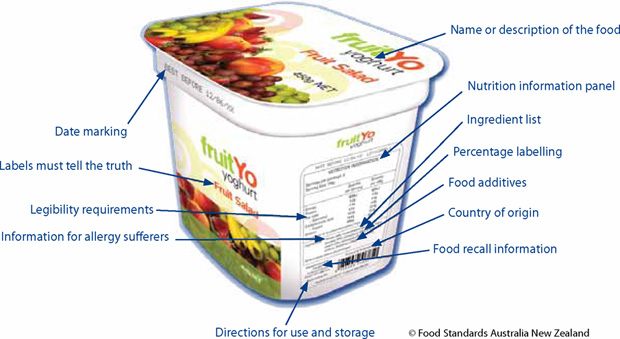
Australia's food and nutrition 2012: in brief, In brief - Australian Institute of Health and Welfare
Why a one-fits-all precautionary allergen labelling ... Another criticism was the proposal in Zuberbiers' article to label products containing less than five ppm food allergen with the precautionary statement "this product contains the named allergens in the list of ingredients, it may contain traces of other contaminations (to be named, eg, nut) at concentrations less than 0.5mg per 100g of this product".
Food Labeling Is Lacking in Online Grocery Retailers Study shows that nutrition facts, ingredient lists, and allergens—all FDA-required information on food labels—are frequently absent when shoppers buy food online "Our findings highlight the current failure of both regulations and industry practice to provide a consistent environment in which online consumers can access information that is ...
3 Ways to Improve Your Food Label Literacy | Blogs | CDC FALCPA requires labeling for the eight most common food allergens. They are milk, eggs, fish, crustacean shellfish, wheat, soy, peanuts, and tree nuts. FASTER identifies sesame as a major food allergen. Food labels must start to identify sesame as an allergen beginning January 1, 2023.
Food Allergens - University of Nebraska-Lincoln Non-EU Countries adopting EU allergen labeling regulations: Iceland, Liechtenstein, Norway, Macedonia, Switzerland, United Kingdom (UK) 3 Voluntary labeling recommended for Abalone, Mackerel, Squid, Salmon, Salmon Roe, Almond, Cashew, Matsutake Mushroom, Sesame, Soybean, Yam, Apple, Banana, Kiwifruit, Orange, Pea Beef, Chicken, Gelatin, Pork.

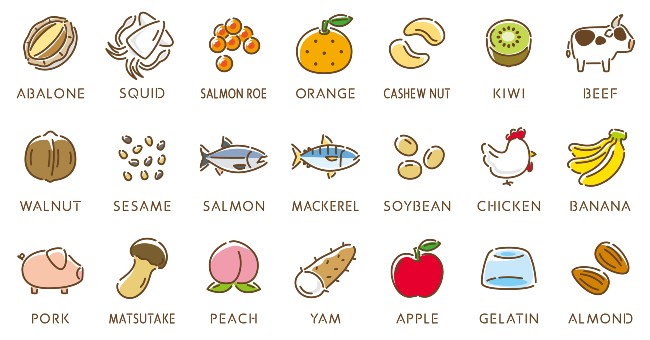
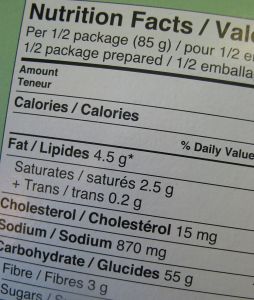
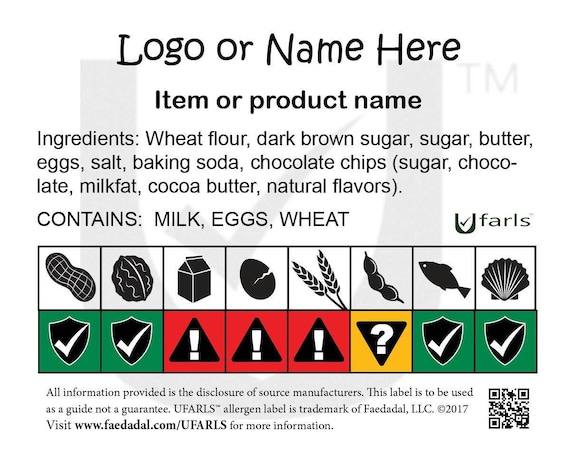

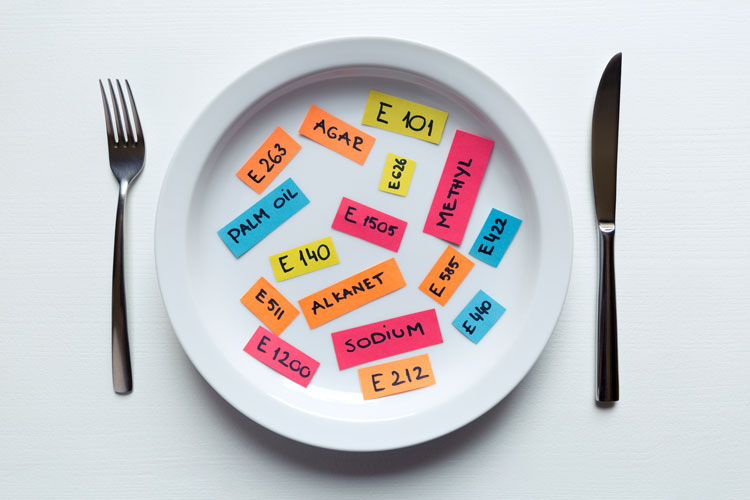
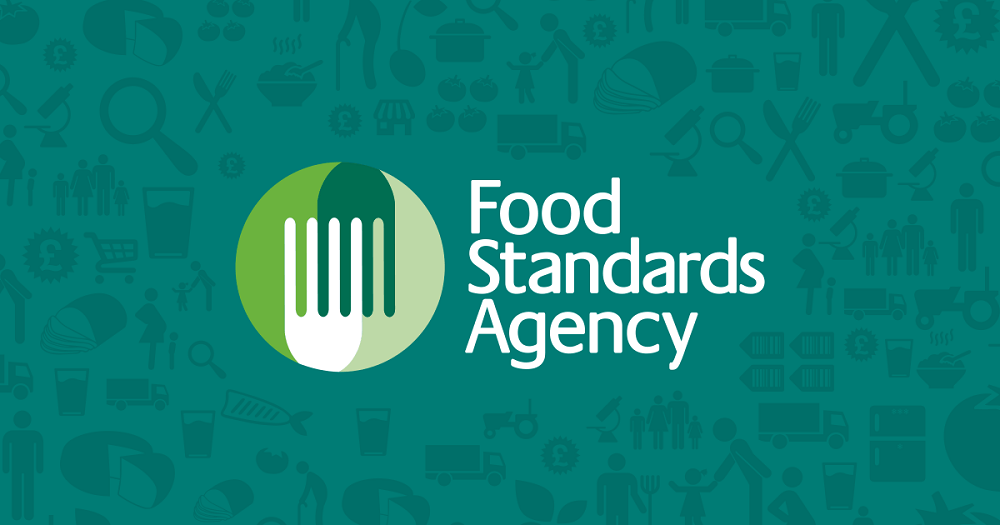





Post a Comment for "41 allergens required on food labels"